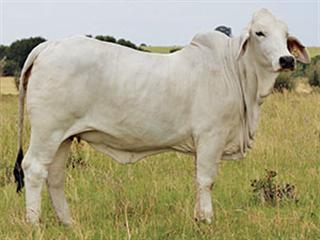Hundreds of farmers start their season off every year with some virus. In most cases, this can be avoided. Where there’s a gap in the season for certain crops, as on the Highveld in winter, viruses are mostly spread by other plants, like frost-tolerant weeds, to the next season.
Most farmers pay no attention to these weeds, which may be growing in and around farm buildings and on land verges.In the case of spotted wilt virus, a huge economic liability to thousands of farmers, the virus is carried over by a large number of weed species. Furthermore, the symptoms are not readily seen. This virus is transmitted by thrips, which usually don’t move great distances, so one can usually trace the direction from which the virus entered the land.
I visited a farmer who used to lose a big percentage of his peppers to tomato spotted wilt virus (TSWV) before he started destroying the winter weeds on his farm.
He now has virtually no problem any more. One year, through negligence, I picked up a TSWV problem in winter lettuce in a tunnel. I planted tomatoes soon afterwards and got 95% virus infection on the susceptible varieties. Other tunnels about 100m away started sharing symptoms, but I managed to contain it with daily inspections and by removing infected plants.
Infected plants will take a while to show symptoms while being able to infect thrips, so this process has to be continued for a period, together with thrip control. The cost of doing this is negligible compared to the benefits and applies to all crops. While infected plants aren’t harvested, they are can spread the virus through vectors.
One can also plan to plant other crops between lands with susceptible cultivars. For instance, instead of planting lettuce in stages from one end of a land to the other, you can have a brassica crop in between. Thrips are more fond of brassicas than lettuce, but brassicas don’t get TSWV so you can reduce the potential virus transmission. Thrips are also more easily controlled in brassicas than in lettuce.
In hot areas, where winter production is practised, farmers will have to keep weeds under control in summer on land used for winter production. However, this practice is less effective with aphid-transmitted viruses, as aphids are carried vast distances by the wind. – Bill Kerr ((016) 366 0616 or e-mail [email protected]). |fw









